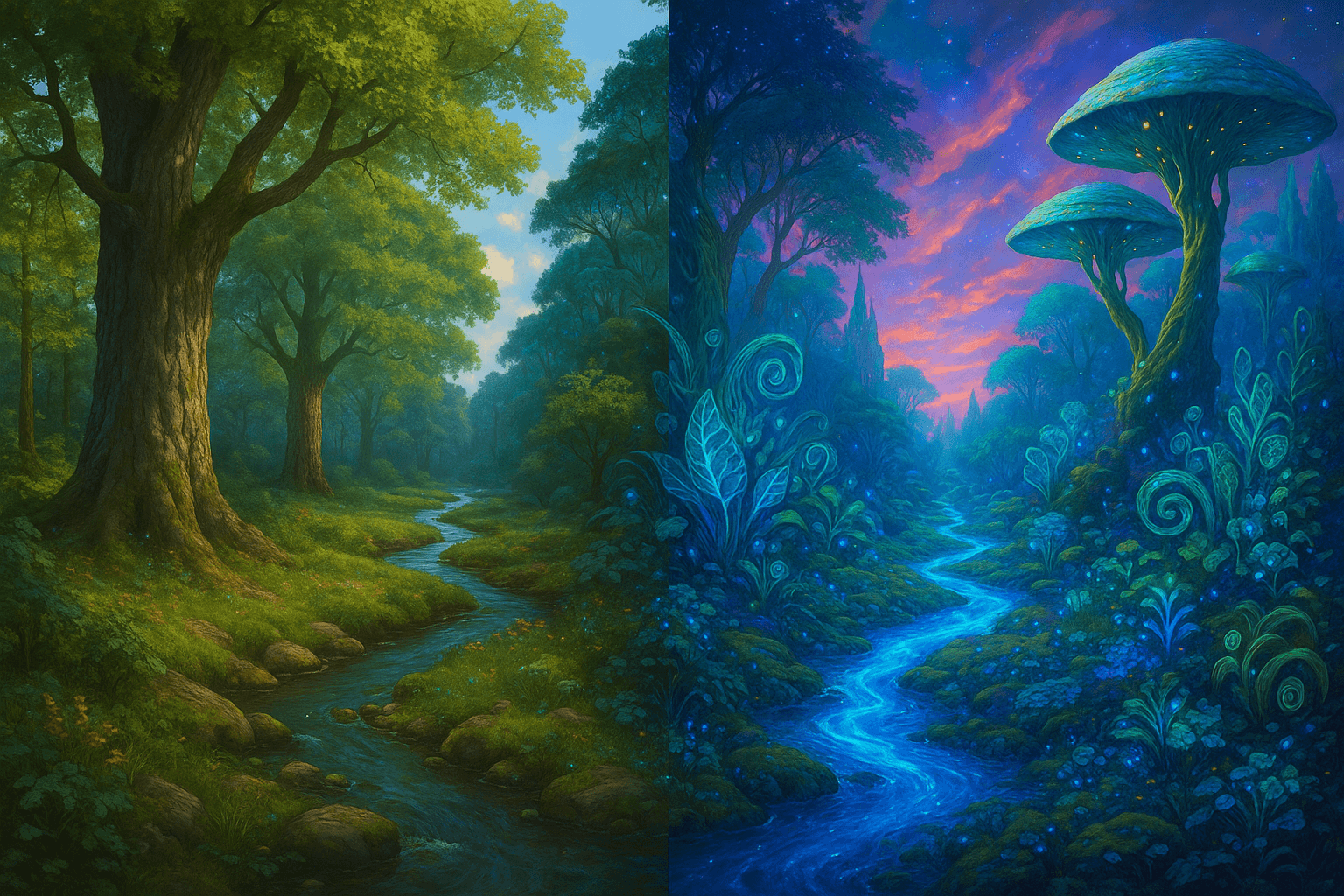Unveiling the Continuity Between Present and Future

The future is made of the same stuff as the present. — Simone Weil
The Fabric of Time: Present and Future Intertwined
Simone Weil’s observation highlights a profound truth: the future is not crafted from something novel or alien, but from the very materials that shape our present. This perspective dissolves the mystique often surrounding tomorrow, suggesting that every coming moment is inseparably rooted in today’s realities and choices. Our current actions, therefore, are not just fleeting events, but foundational blocks for all that is to come.
Historical Patterns of Continuity
When examining the arc of human history, we find that momentous change rarely emerges from a vacuum; rather, it evolves from existing seeds. For instance, the Industrial Revolution drew upon scientific discoveries and social conditions already burgeoning in the centuries prior. This reflects Weil’s insight: tomorrow’s innovations and crises are direct extensions of present circumstances, shaped incrementally and organically.
Philosophical Implications of Weil’s Claim
Transitioning to the realm of philosophy, Weil’s statement echoes Heraclitus’s idea of constant flux: yet, unlike Heraclitus who emphasized perpetual change, Weil underscores the constancy of substance even as forms shift. This subtle distinction invites us to view time as a seamless continuum—where the future does not break violently from the present but emerges from it, reinforcing ideas about determinism and the interconnectedness of temporal experience.
Everyday Choices and Their Enduring Impact
This unity between present and future becomes strikingly practical when considering our daily decisions. Small habits, attitudes, and relationships we nurture now form the groundwork for the lives we will inhabit. Just as planting seeds today determines next year’s harvest, attention to the present moment holds remarkable power to shape our destinies—a notion captured by mindfulness practitioners and echoed in proverbs like, 'As you sow, so shall you reap.'
A Call for Mindful Presence
Finally, Weil’s reflection serves as a gentle admonition: to influence the future, one must truly inhabit and shape the present. Rather than perceiving the future as a distant land awaiting discovery, we are encouraged to recognize its roots in the now. By engaging purposefully with our current reality, we exercise true agency—transforming not just what is, but also what will be.